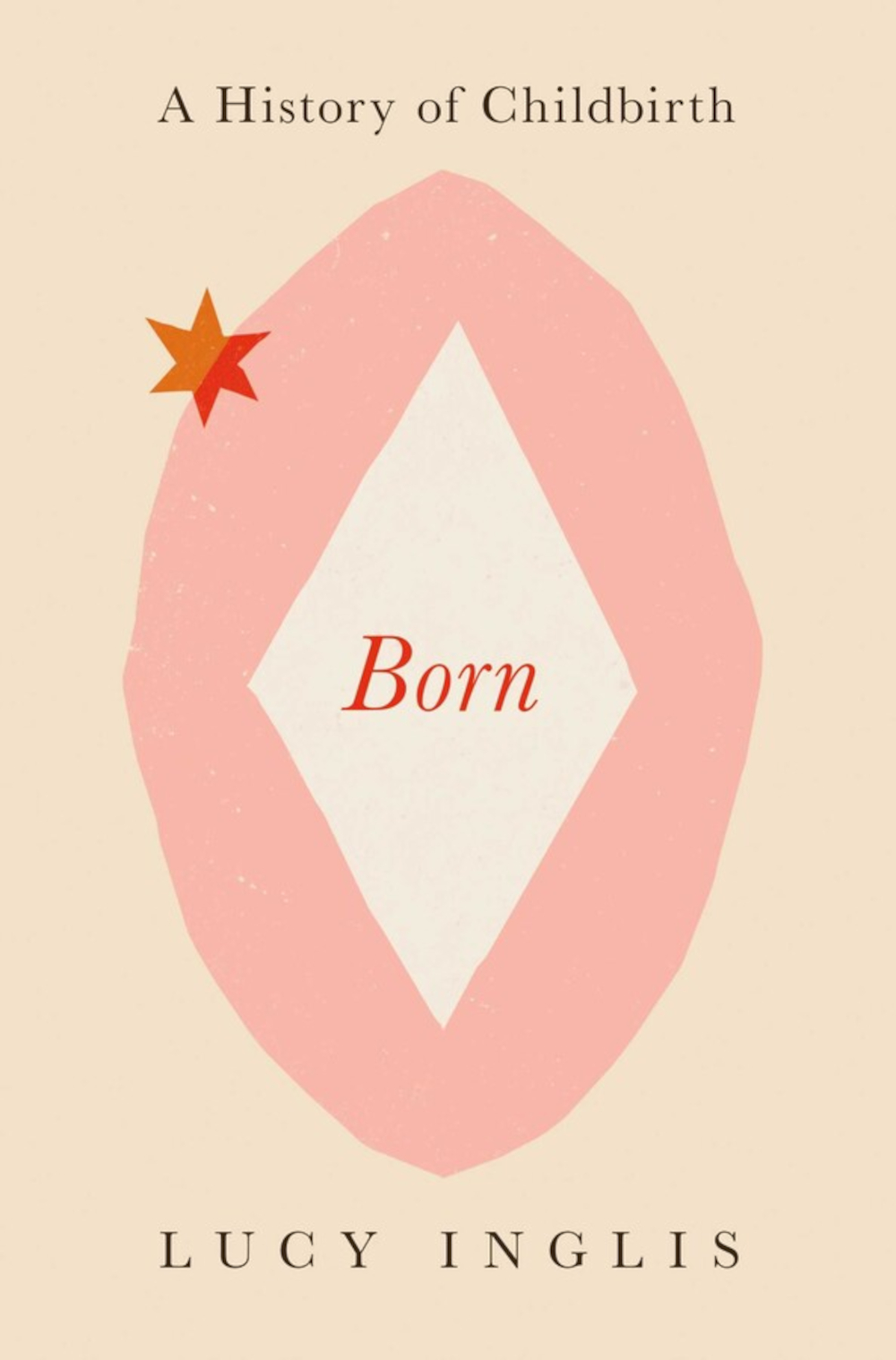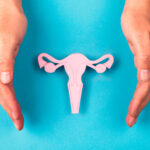In 1545 in the Duchy of Savoy, northwest of what is now Italy, a woman named Isabella della Volpe became pregnant. As she approached full term, Isabella suffered what was then called a brain obstruction — likely a stroke — and died. Her midwife discovered that the baby was still alive, and her attendants pressed the physician to deliver via Cesarean section. But he refused, and by the time a barber-surgeon arrived to cut the baby out, it was too late: The little girl, named Camilla, lived only a few minutes. Amid the horrors, though, there was humanity and compassion: “The women who surrounded Isabella in her final days acted with autonomy and empathy in trying to save her daughter.”
For every Isabella, whose story was recorded in unusual detail, there are billions of other women who’ve experienced the pain, danger, sorrow, love, and communal joy of pregnancy and childbirth. It is this social, medical, and feminist history that historian Lucy Inglis sets out to chronicle in her latest book, “Born: A History of Childbirth.” Inglis started her career blogging and writing about Georgian London, which she followed up with a book about the history of opium. In “Born,” she continues her tradition of examining the sweep of human history through an uncommon lens: the mundane and yet extraordinary process by which human beings are conceived and emerge into the world. Her book joins a recent spate of work, such as Cat Bohannon’s “Eve,” that reexamines human history through an intimate female lens.

BOOK REVIEW — “Born: A History of Childbirth,’’ by Lucy Inglis (Pegasus Books, 336 pages).
“The story of how we are born is the story of us all, and so we must go back to the start,” writes Inglis, and indeed she means the very start. Her narrative begins during the Upper Paleolithic, tens of thousands of years ago, the era to which archaeologists date our first evidence of the history of childbirth: cave paintings of women giving birth among stags and bears. It continues through other glimmers of information about early humans’ experience of and culture around childbirth, from the ginseng and myrrh prescribed to pregnant women in Mesopotamia to the Venus of Hohle Fels, one of the world’s oldest statues. This Venus is a 2.4-inch figurine that was discovered in Swabia, Germany, which depicts a woman with a distended belly, genitals that “appear more like a wound than a sexual organ,” Inglis observes, and spread legs — quite possibly “a ‘real’ woman postpartum.”
In some respects, Inglis’ book is a history of technological advances. In the course of her narrative, we learn about many firsts. The first recorded pregnancy test dates from ancient Egypt, where women would urinate in a bag of barley and a bag of wheat to determine if they were pregnant with a boy, a girl, or not pregnant at all. The first recorded oral contraceptive dates to Cyrene, a North African Greek city-state, where women took a now-extinct herb called silphion to control their fertility. The first obstetrics manual was written in ancient Rome, and the first speculums and forceps likely hailed from Islamic Spain.
A sea change occurred in the middle of the last millennium, when the West’s understanding of birth accelerated with “the literary culture of the medieval age, the slow then sudden growth of science and medicine, and the invention of the machine.” After that, the firsts came fast. A sow-gelder in Switzerland may have performed the first successful C-section on his wife in 1500. Doctors administered the first ether as pain relief in the 1840s, a Spanish military doctor in the Second Rif War invented the epidural in the early 20th century, and the first baby conceived through in vitro fertilization was born in 1978.
But Inglis’ narrative goes far beyond a lively description of new technology. In her tour of childbirth throughout the ages, she presents a social history of gender roles, medical authority, and bodily autonomy. In “Born,” three themes, all deeply resonant for modern readers, crop up again and again. First, the idea that there’s a “natural” and “unnatural” way to approach childbirth, a false dichotomy that Inglis traces back some 500 years to claims that C-sections were ungodly because the Antichrist was born this way. Second, the debates around whether it’s acceptable for women to take medicine to avoid suffering during labor, a question stretching back to the advent of Christianity and exemplified by the clamor for and moral backlash to Dämmerschlaf, a cocktail of drugs perfected in Berlin in the early 20th century that allowed women to enter a so-called twilight sleep while giving birth. And third, the rise of a medical profession that, in elevating the new position of doctor and denigrating the old profession of midwife, deified male knowledge at the expense of female experience. As Inglis writes, “The ultimate irony of this male dominance of female reproduction is, of course, that men do not experience either pregnancy or childbirth.”
Another unfortunately resonant theme for modern readers is the dangerous outcomes and humiliating horrors that have surrounded childbirth since prehistory. Reading “Born,” one wonders how the human race survived at all. Inglis recounts, for example, the grimness of industrializing London, where sun- and nutrition-starved women died in dingy hospitals because rickets had deformed their pelvises. For much of history, death in childbirth touched all women, regardless of social class: Notwithstanding her education, her intelligence, and her brilliant work, Mary Wollstonecraft died of puerperal fever, an infection brought on by doctors not washing their hands, shortly after giving birth to Mary Shelley.
Inglis also recounts even more disturbing horrors: abject cruelty perpetuated by people against each other, on purpose, in the name of some larger ideal. Some of these examples come from the ancient and medieval worlds, such as the practice of “exposing” babies, or leaving them to die, due to fear of overpopulation. But many hail from post-Enlightenment or even recent history. Inglis writes about J. Marion Sims, the man who invented the modern speculum and pioneered fistula surgery, but achieved these breakthroughs by experimenting on enslaved women in the Antebellum South. She chronicles the development of eugenics and mass sterilization of the “unfit” in the United States in the 20th century, as well as similar programs overseas in India started by so-called philanthropists in the 1950s, and continued by local government well into the 1970s. And in her last chapter, she recounts the death of Amber Nicole Thurman, who perished of sepsis in a Georgia hospital in 2022 thanks to draconian anti-abortion laws.
If we don’t continue to improve the material conditions of our birthing mothers, Inglis writes, “It is not science that will have failed us.”
Inglis’ book is not without its flaws. Our knowledge of birth practices during pre-history and even during antiquity is limited, and, perhaps partly due to a personal bias towards more recent history, those early chapters felt thin. Another issue stems from the fact that the history of birth is connected to, well, everything, which leads to Inglis’ narrative feeling unfocused: She talks about topics as varied as the spread of smallpox in the Americas, the history of the Industrial Revolution, the Salem witch trials, the Armenian genocide, and Nazi atrocities, all of which are, indeed, connected to childbirth in some way, but whose inclusion makes the book feel diffuse.
Still, though, Inglis sticks the landing, ending with a rousing call to action about how, as we continue to shape our history of childbirth, we shouldn’t accept suboptimal conditions. As history marches forward, if we don’t continue to improve the material conditions of our birthing mothers, then, Inglis writes, “it is not science that will have failed us.”
As we look to the future, she says, “The right to give birth at the appropriate time and in the appropriate place by choice, unsullied by unnecessary interference from strangers or governments, is what we must fight to establish and to preserve.”
UPDATE: A previous version of this piece cited an error in Inglis’ book “Born,” that stated that Mary Shelley, the author of “Frankenstein,” died of puerperal fever after childbirth. She died of a suspected brain tumor in her 50s. The piece also misstated that her mother, Mary Wollstonecraft, died in childbirth, but her death from puerperal fever occurred shortly after Shelley’s birth.
Emily Cataneo is a writer and journalist from New England whose work has appeared in Slate, NPR, the Baffler, and Atlas Obscura, among other publications.










